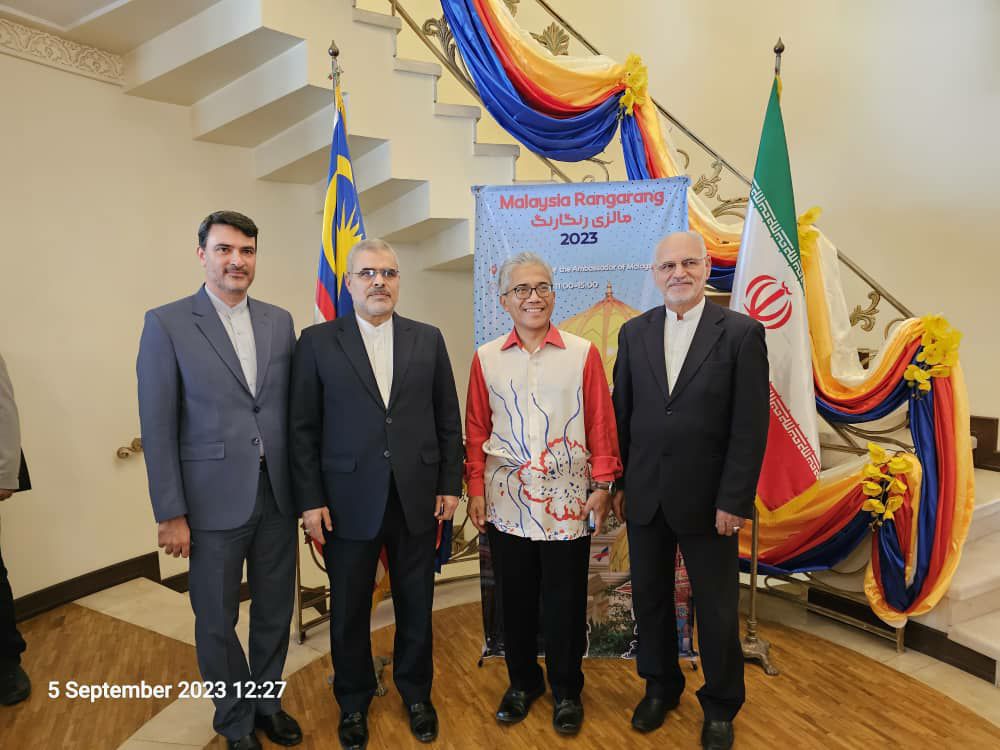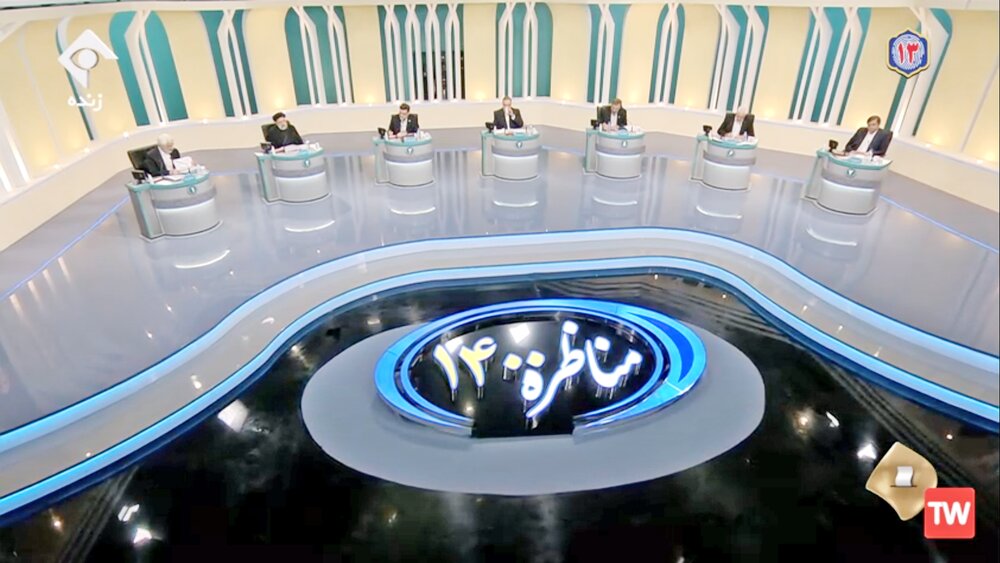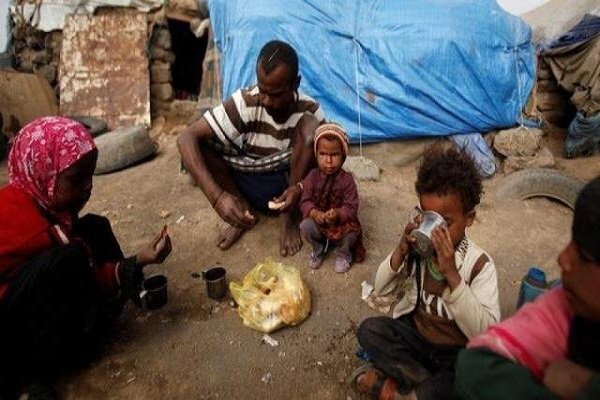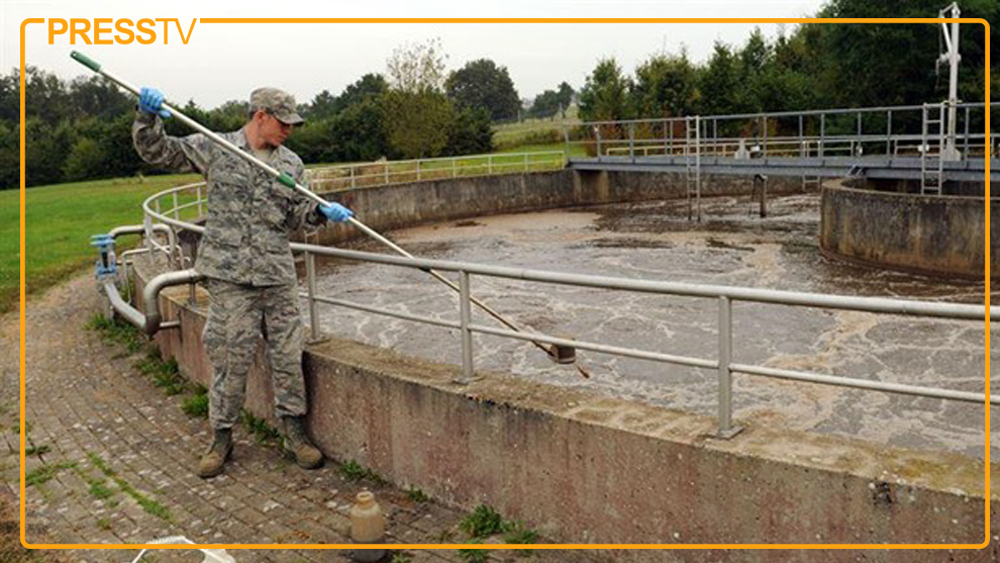Official Reveals Details of Iran’s Oil and Gas Exploration Projects in Ardabil, Persian Gulf Border Zone
TEHRAN (Iran News) In an interview with ILNA, Seyed Mohiuddin Jafari, Director of Exploration at NIOC, provided an overview of the ongoing exploration projects across Iran. He stated that exploration operations are currently underway in 26 provinces, including the Zagros region, North and South Dezful, Lorestan, Fars, Ardabil, North Khorasan, South Khorasan, Razavi Khorasan, Kermanshah, Ilam, and Bushehr.
According to Jafari, two-dimensional (2D) and three-dimensional (3D) seismic surveys are in progress in Ardabil Province. The presence of natural oil springs in the region, along with active oil production across the border in the Republic of Azerbaijan, has raised hopes of discovering new hydrocarbon fields in Iran’s northern frontier.
He added that a tender has been launched for 2D and 3D seismic operations in the Pars Apadana area of the Persian Gulf, located along Iran’s maritime border with Saudi Arabia, Kuwait, the UAE, and Bahrain. This project will initially cover about 10 percent of the designated offshore zone, marking one of the most significant exploration efforts in the Persian Gulf region in recent years.
Jafari reported that seismic data acquisition — both 2D and 3D — is ongoing at four key locations across the country. For another four sites, contractors will be finalized before the end of the year. He described the progress of these projects as “very satisfactory.”
“At present,” he said, “four wells are being drilled, and one well is undergoing testing. We expect to have more positive exploration results by the end of the year.”
The director elaborated that two wells have reached completion, one is in the testing phase, and another is being relocated. Meanwhile, two new wells — in the Rag Sefid and Jahrom regions — have recently begun drilling operations. Testing is ongoing at the Takhteh well, and work at Ramhormoz is nearing completion. Once these operations conclude, drilling rigs will be reassigned to new exploration sites.
Currently, six drilling rigs are active in exploration fields across the country — three dedicated to gas fields and three to oil fields.
Addressing questions about international exploration projects, Jafari clarified that Iran does not currently operate exploration programs abroad. However, the NIOC has been active in training and technical cooperation with neighboring countries.
“Given our experience and expertise in exploration,” he noted, “we have provided training to geologists and engineers from Tajikistan last year. Additionally, during the recent meeting between the energy ministers of Iran and Afghanistan, the Afghan side requested training and technical support in exploration. We are planning negotiations this month to offer educational programs in that field.”
Jafari also commented on potential conflicts of interest in border explorations, saying, “There may be overlapping areas of interest, but there are no complexities. We are conducting joint operations with several neighboring countries in western border fields and plan to expand offshore exploration with five coastal nations. However, so far, there have been no conflicts.”
Highlighting a crucial challenge, Jafari stressed the need to expand Iran’s drilling fleet. “Rigs are essential tools for production, development, and exploration,” he said. “We require additional rigs not only for new discoveries but also for overhauling existing wells. The National Iranian Oil Company is investing in this area, and private investors are cooperating to import and deploy new rigs to meet the country’s needs.”
He confirmed that the NIOC plans to invest in five new onshore drilling rigs and one offshore rig through a bidding process aimed at enhancing the nation’s exploration capacity.
Addressing concerns about the impact of international sanctions, Jafari stated that Iran’s exploration projects have not been significantly affected. “Exploration is an intellectual and scientific endeavor rather than a hardware-dependent one,” he explained. “We have sufficient rigs and equipment domestically, and necessary materials are available. Most of the work depends on human expertise and engineering studies rather than imported machinery.”
The Director concluded by expressing optimism about Iran’s exploration outlook: “With the ongoing seismic operations in Ardabil and the Persian Gulf, along with advanced drilling across the country, we expect to announce new discoveries by the end of this year.”
- source : IRAN NEWS ECONOMIC DESK






























